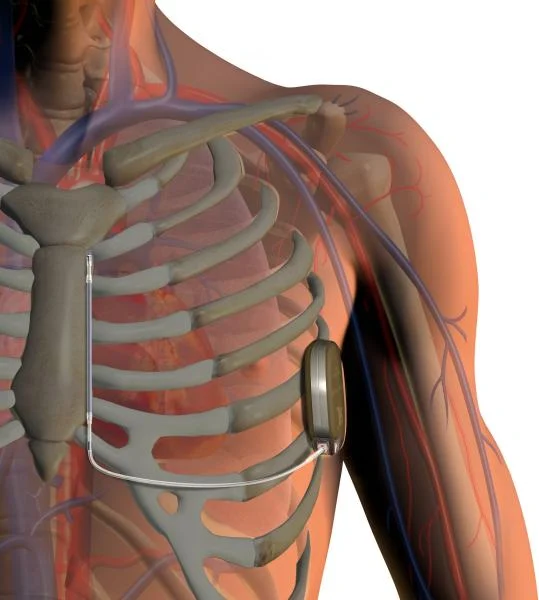Unfortunately the addition of the magnets does have a downside to the 800,000+ folks in the US that have ICDs (Implantable Cardioverter Defibrillator) to treat a variety of high risk cardiac conditions. While much of the population that has these devices is over 65, there is an increasing number of conditions in younger patients, such as SDS (sudden Death Syndrome, VTAC, VFIB, that have little to do with age. While pacemakers keep the heart’s rhythm consistent, defibrillators only jolt the heart when they sense an irregular pattern that could cause blood flow to be reduced or halted. Early models delivered the charge through a lead that was implanted directly in the heart, while newer version leads are only subcutaneous, reducing the chance of inflammation. With batteries lasting years and device size getting progressively smaller, these devices can save lives within seconds, while sitting dormant (hopefully) for most of their useful lives.
So where does the problem come in? A January 4, 2021 article published in HeartyRhythm, the journal of the Heart Rhythm Society, a non-profit organization that promotes education and advocacy for cardiac arrhythmia professionals and patients (over 5,000 members), that indicated a iPhone 12 (all models) placed near the chest of an ICD user, would disrupt the ICD at distances up to 1”. This would mean that carrying an iPhone 12 in an upper shirt pocket or suit/sport coat jacket would deactivate the defibrillator and leave the patient open to potential cardiac issues. While not limited to the iPhone 12 specifically, devices that charge magnetically or the chargers themselves, could cause the same issue depending on the strength of the magnets, so patients with ICDs should be suspect concerning any device that charges wirelessly..


 RSS Feed
RSS Feed